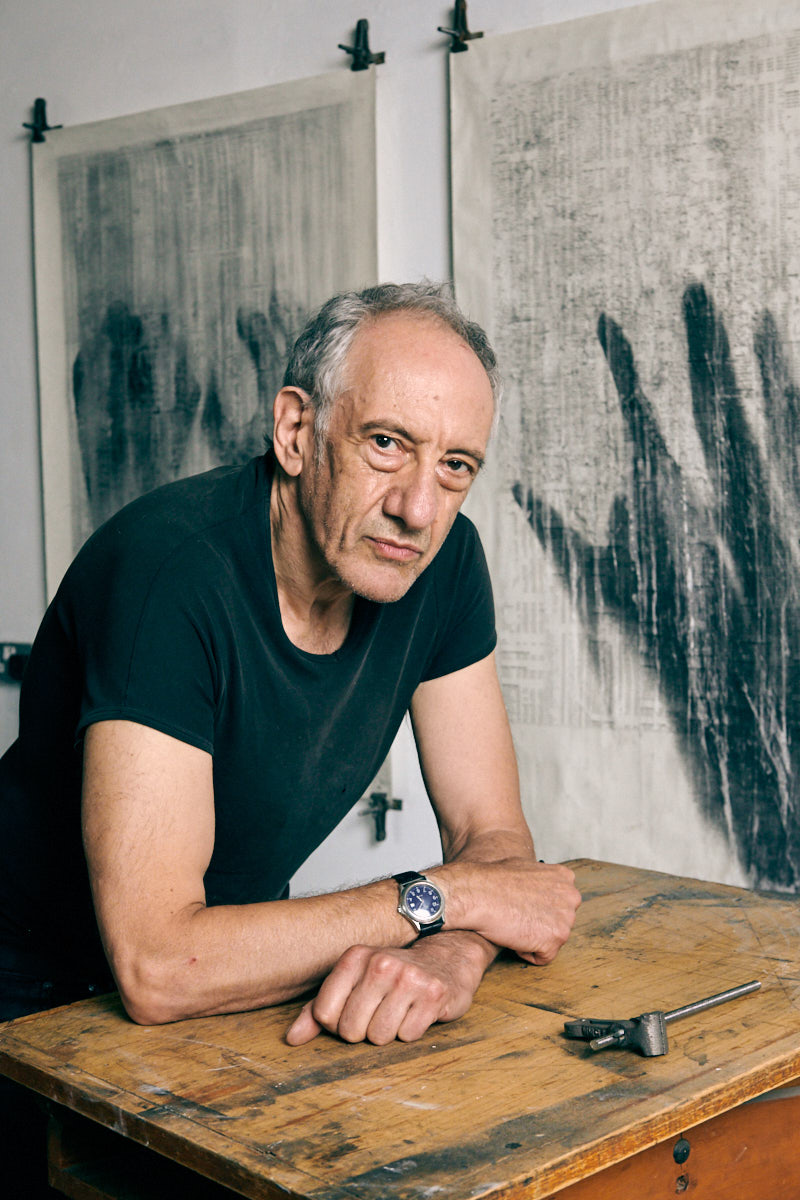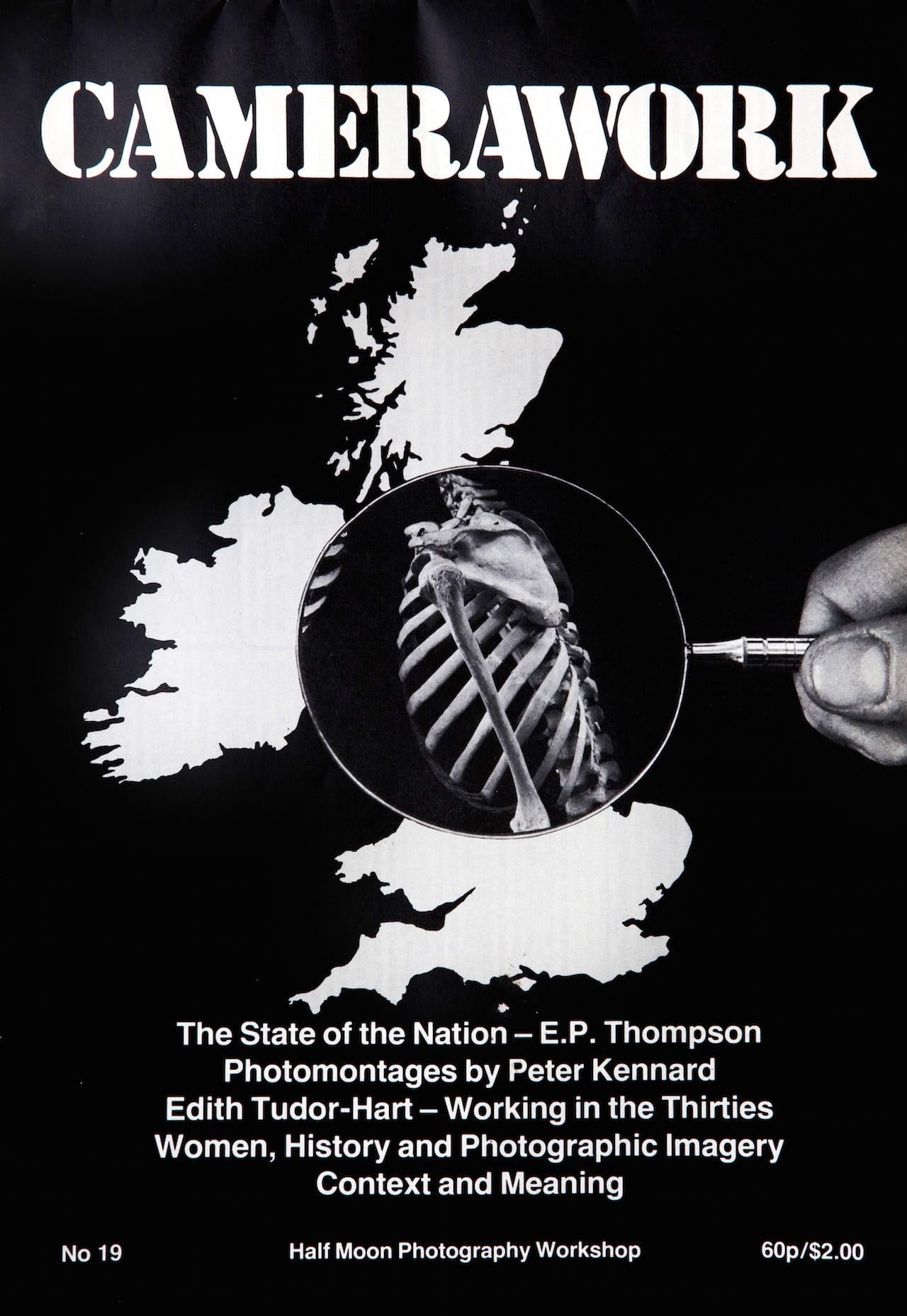“Art in itself doesn’t change anything. But when it’s aligned to a political movement, it becomes its visual arm.”


“Art in itself doesn’t change anything. But when it’s aligned to a political movement, it becomes its visual arm.”

In the first instalment of a new series, ‘I’ve been meaning to ask you’, we present George Selley in conversation with Peter Kennard, a political artist who has deeply influenced his practice

Photomontage artist Peter Kennard is among 40 artists who have demanded their work be removed from London’s Design Museum after discovering the institution had hosted a private event associated with the arms trade. The museum complied with the requests to return work by 01 August, but defended its curatorial independence from its need to raise funds and sponsorships.
In an open letter, the artists said that they are “appalled” that the London institution arranged for Italian aerospace company Leonardo to hold an event on 17 July, during the Farnborough International Airshow. A demonstration outside the museum also took place on the same day (02 August) in which several artists arrived to collect their works.

“They had this amazing enthusiasm; a very creative enthusiasm,” says Peter Kennard, the well-known photomontage specialist and early member of the radical photography collective Half Moon Photography Workshop. “Camerawork contained all the different debates that were going on in photography at the time, but it was practical as well. The whole thing was about democratising photography.”
Radical Visions, a new exhibition at Four Corners in East London, reveals the lesser-known history of Camerawork magazine and its creators, the Half Moon Photography Workshop. The exhibition coincides with the launch of the Four Corners Archive, which has made all 32 issues of the magazine publicly available to view online.
The collective’s aim was to demystify the process of photography, and to use it as a tool for social change and political activism. The first issue of Camerawork, The Politics of Photography, published in February 1976, was stark black-and-white litho print on a broadsheet format – sheets of A2 paper folded to A3, then to A4 – and sold for 20p. It was pulled together over an all-night session fuelled by bagels and coffee at the Half Moon’s first studio in Chalk Farm.

“Through putting together an image – either digitally and/or with scissors and paste, with or without text – people get to feel a sense of empowerment, an empowerment that communicates to the viewer, be it via a placard, a street poster, or an image on social media. The act of re-using existing images and re-presenting them through juxtaposition is inherently subversive, and showed up in the countless images of Theresa May that came thick and fast in direct response to the official election campaigning day-to-day.”